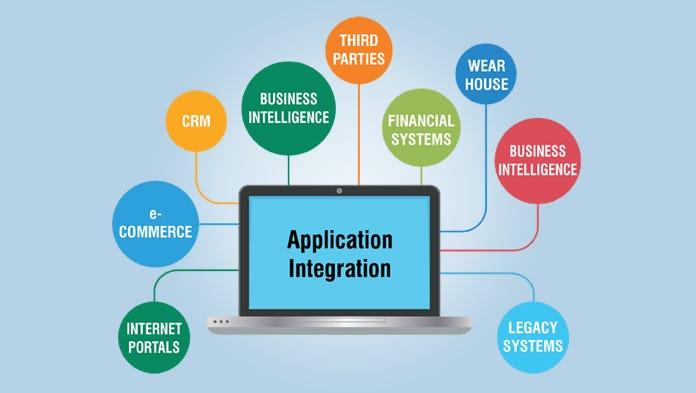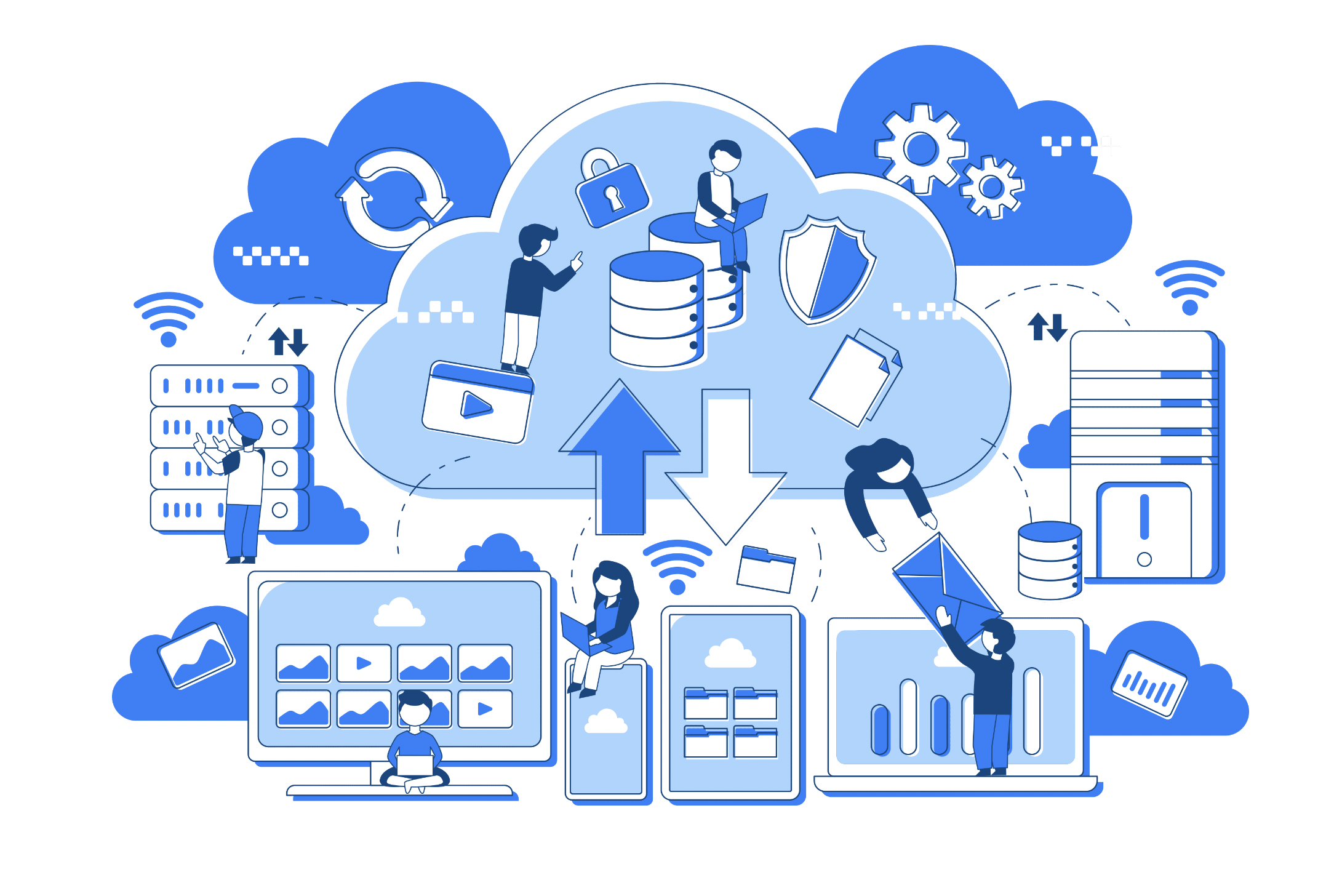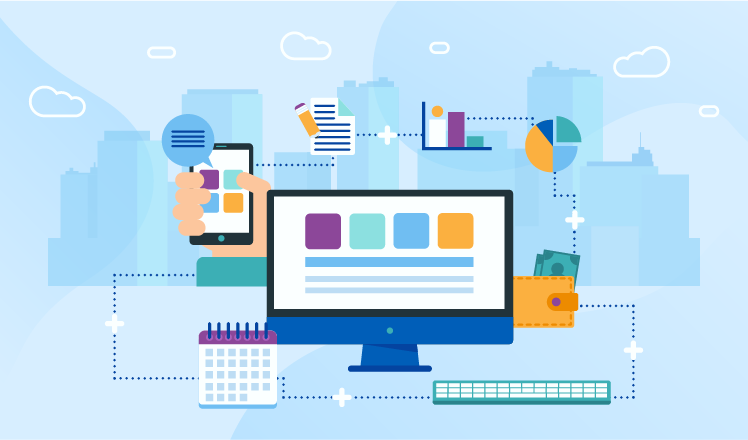introduction:
In today's interconnected business environment, the seamless exchange of data and communication among diverse enterprise applications is more crucial than ever. Enterprise Application Integration (EAI) emerges as a potent solution to tackle the challenges posed by disparate systems and data silos. In this blog, we'll delve into the optimal methods and benefits of EAI, shedding light on how it empowers businesses to streamline processes, enhance efficiency, and propel overall growth.
Understanding Enterprise Application Integration
Enterprise Application Integration involves linking various software applications within an organization to facilitate smooth communication and seamless data exchange. The primary goal of EAI is to dismantle data silos and ensure that data flows freely and accurately across various applications, irrespective of the technology, platform, or format they employ. EAI acts as a bridge, enabling organizations to unify their systems and gain a holistic view of data, thereby leading to informed decision-making and improved business performance.
Best Practices for Successful Enterprise Application Integration
-
Define Clear Objectives and Requirements: Before implementing EAI, it's crucial to define clear objectives and requirements. Understand your organization's specific integration needs, identify key processes requiring enhancement, and establish measurable goals aligned with your business strategy.
-
Select the Right Integration Approach: Various EAI approaches exist, including point-to-point integration, middleware-based integration, and enterprise service bus (ESB). Assess your organization's needs meticulously and choose the approach best suited to your requirements, scalability, and future growth plans.
-
Utilize Robust Middleware Solutions: Robust middleware solutions serve as the backbone of EAI, facilitating seamless communication between applications. Investing in reliable middleware platforms ensures enhanced data security, scalability, and flexibility for future integrations.
-
Adopt Standardized Data Formats and Protocols: Standardizing data formats and protocols across applications simplifies the integration process and reduces complexities. Popular data formats like XML, JSON, and SOAP, along with standard protocols such as HTTP and REST, are commonly used in EAI implementations.
-
Implement Comprehensive Security Measures: Data security is paramount in EAI. Implement encryption, authentication, and authorization mechanisms to safeguard sensitive information during the integration process. Regular security audits and updates are essential to ensure ongoing protection.
-
Prioritize Monitoring and Error Handling: Effective monitoring and error-handling mechanisms are crucial for identifying and resolving integration issues promptly. Implement real-time monitoring tools to track data flow between applications and establish error-handling routines to prevent data loss or corruption.
-
Conduct Thorough Testing: Rigorous testing is vital before, during, and after EAI implementation. Conduct unit testing, integration testing, and end-to-end testing to ensure accurate and secure data flow between applications. Identify and address any inconsistencies or performance bottlenecks during the testing phase.
Advantages of Enterprise Application Integration
-
Enhanced Data Visibility and Accessibility: EAI consolidates data from various applications, creating a unified view of information across the organization. This centralized access empowers decision-makers with real-time insights, facilitating informed and strategic decision-making.
-
Streamlined Business Processes: By facilitating seamless communication between applications, EAI streamlines business processes and reduces manual intervention. Automation of data transfer and synchronization minimizes errors, accelerates workflows, and enhances operational efficiency.
-
Improved Customer Experience: EAI enables a 360-degree view of customers by integrating data from various touchpoints. This holistic view facilitates personalized and timely customer interactions, resulting in improved customer satisfaction and loyalty.
-
Increased Scalability and Flexibility: EAI solutions are designed to adapt and grow with the organization's needs. As the business expands or integrates new applications, EAI allows seamless incorporation of new functionalities without disrupting existing processes.
-
Cost-Effectiveness: EAI optimizes resource utilization by reducing redundant data entry and manual data handling. This cost-effectiveness translates into increased productivity and minimized operational expenses.
-
Faster Time-to-Market: With EAI streamlining processes and facilitating faster data exchange, organizations can respond quickly to market changes and launch new products or services faster than competitors.

conclusion
, Enterprise Application Integration continues to transform how businesses operate in a data-centric world. By adhering to best practices and harnessing their advantages, organizations can achieve enhanced data visibility, streamlined processes, and improved business performance. HazenTech's Enterprise Application Integration empowers businesses to stay agile, adapt to changing market dynamics, and seize growth opportunities. As technology evolves, EAI will remain a crucial enabler for businesses aiming to leverage integrated data for long-term success. Contact us today to explore how HazenTech can transform your operations and drive overall growth!

